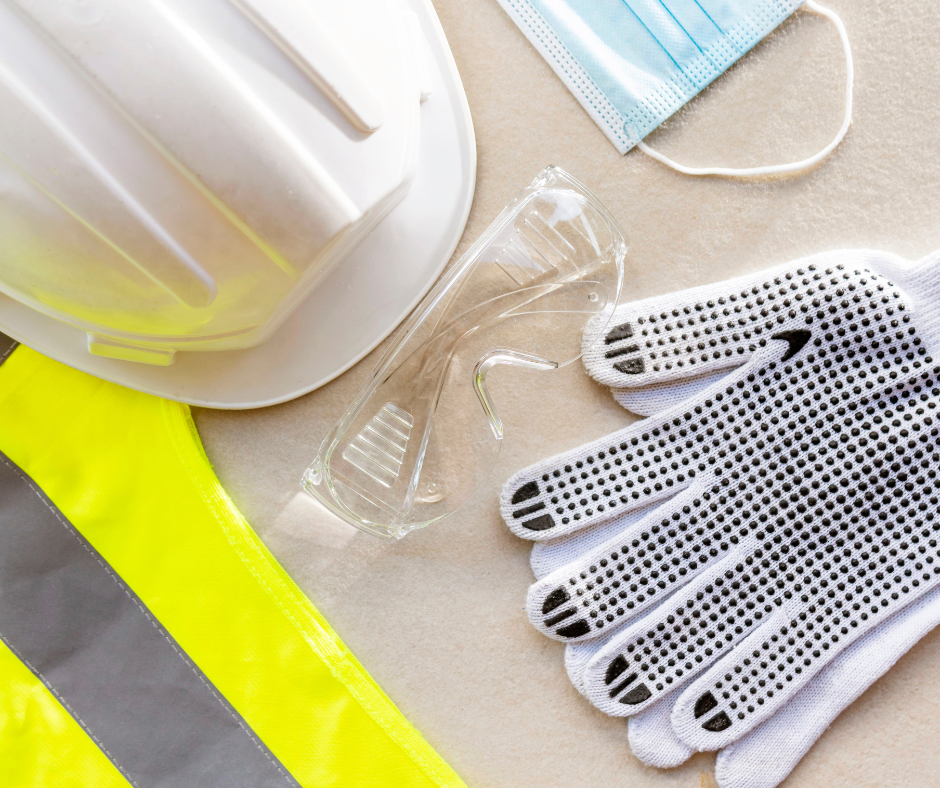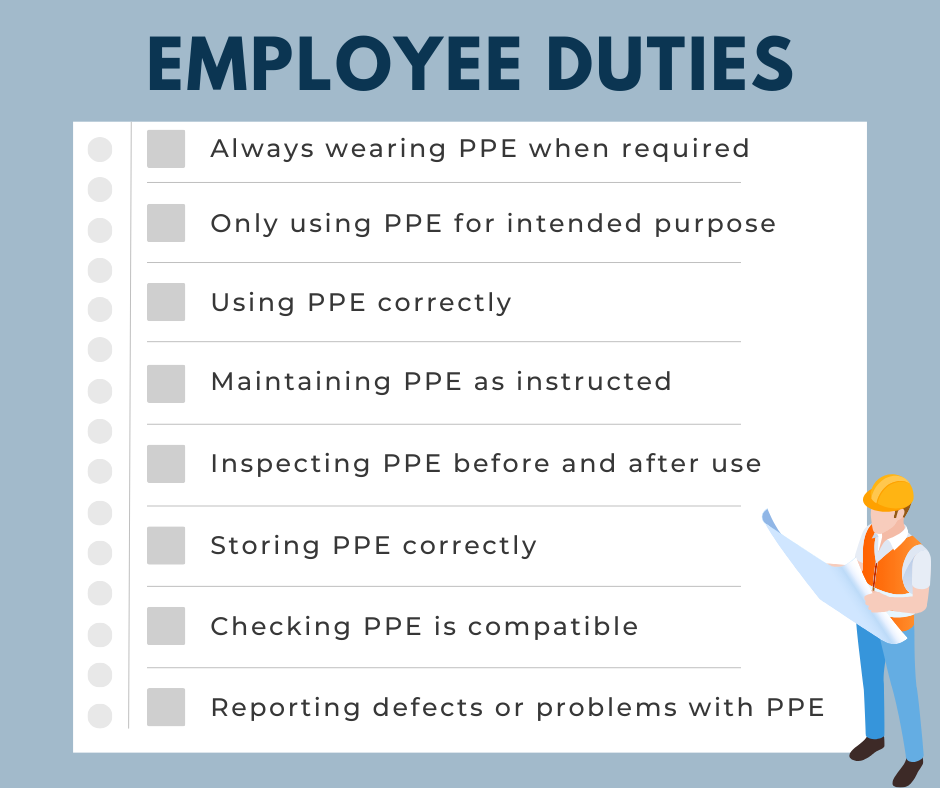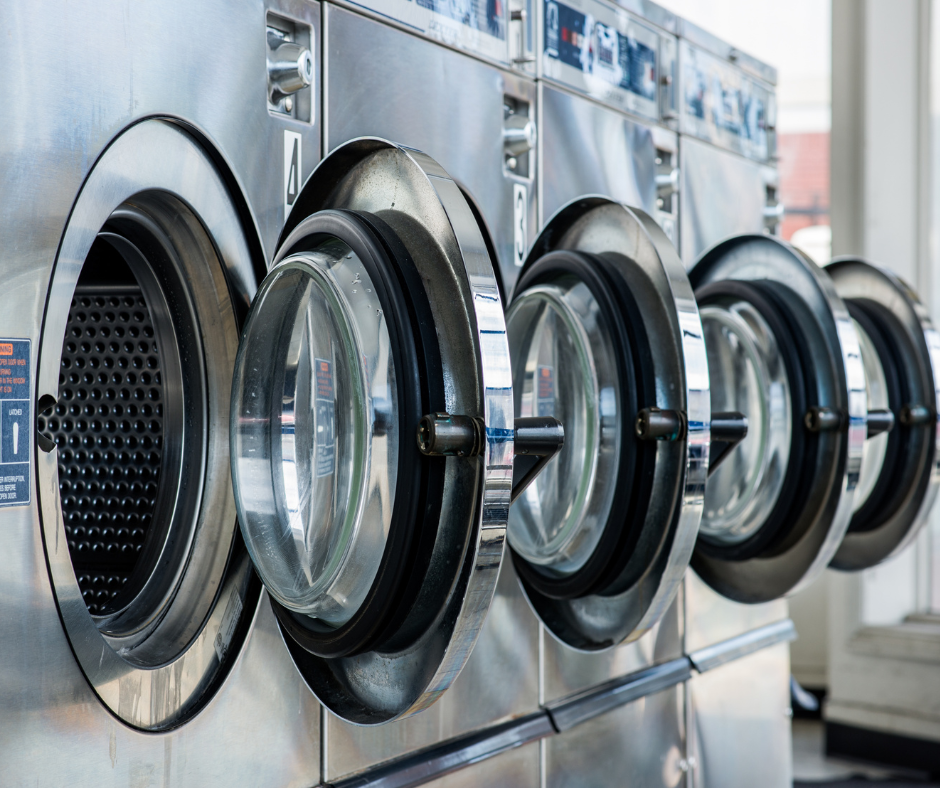Personal Protective Equipment is a vital part of workplace safety, but if used incorrectly can leave to preventable accidents and injuries.
Here’s a look at the most frequent PPE missteps and how you can proactively address them.
1. Failing to provide adequate PPE
 Employers have a legal obligation to provide appropriate PPE, that is suitable for the task and fits the user. However, PPE may missed due to poor quality risk assessments, a lack of understanding of employer responsibilities, or the introduction of new work processes without updating safety procedures.
Employers have a legal obligation to provide appropriate PPE, that is suitable for the task and fits the user. However, PPE may missed due to poor quality risk assessments, a lack of understanding of employer responsibilities, or the introduction of new work processes without updating safety procedures.
Comprehensive risk assessments that are regularly updated as well as training for employers can help to reduce the risk of inadequate PPE provision.
2. Incorrect PPE
Sometimes, even though PPE has been provided, the equipment selected is not up to the task – it is important that the PPE chosen is suitable for the purpose it is used for, otherwise workers may be unknowingly and unnecessarily exposed to hazards.
Employers should match the PPE to the specific task, and consult PPE manufacturers or safety consultants if they are not sure.
It is also important to regularly review the effectiveness of PPE.
3. Lack of training
 PPE will not be effective unless staff are trained how to use it correctly.
PPE will not be effective unless staff are trained how to use it correctly.
Proper training should be given to all workers – this should be accessible to all, and include different learning tools (videos, diagrams, demonstrations) and be available in multiple languages to ensure everyone understands
Training should also be refreshed annually or after any safety incident.
4. Improper use
Wearing PPE incorrectly dramatically reduces effectiveness and can lead to further risk for employees.
PPE may be incorrectly worn due to discomfort, poor supervision, or a lack of understanding of the risks – this can be managed through immediate coaching when improper use is observed, reinforcing correct use through signage, safety talks, and peer accountability, and using fit-for-comfort PPE.
5. Using worn or damaged PPE
Damaged hard hats, torn gloves, scratched goggles, or expired respirator filters will no longer offer full protection, yet they are commonly found still in use.
Employees should be trained to inspect equipment before use, and a log of PPE with expiry dates should be kept so they can be replaced in a timely manner.
6. Lack of enforcement
Even when PPE is provided and training is complete, failure to consistently enforce its use is a major problem—especially in high-turnover environments
Consistent PPE us should be recognised and rewarded, and managers and supervisors should make sure lead by example.
7. Inadequate care and cleaning
 PPE should be properly cared for to ensure that it functions properly and remains in a hygienic condition.
PPE should be properly cared for to ensure that it functions properly and remains in a hygienic condition.
Different types of equipment will have different cleaning requirements – for example, flame-retardant or water-proof qualities may be lost if the washing conditions are wrong.
8. Inaccessible PPE
If PPE is not restocked, locked away, or stored far away then there is a risk that workers will use an incorrect alternative or skip it altogether.
Make sure that your inventory is tracked to ensure a steady stock, and that PPE stations are readily available across the site.
9. Lack of face fit testing
Respiratory protection must be face fit tested to ensure an unbroken seal for proper protection.
Tests should be performed before work begins, and then annually or after facial changes.
10. Improper storage
 PPE stored in dirty, exposed, or disorganised areas can become contaminated, damaged, or unusable—especially items like respirators, gloves, or face shields.
PPE stored in dirty, exposed, or disorganised areas can become contaminated, damaged, or unusable—especially items like respirators, gloves, or face shields.
Clean, labelled storage should be provided, which should be inspected during safety audits.

Managing Health and Safety and PPE courses are essential tools in ensuring you are meeting your legal duties. Make sure you don’t miss out on our 10% off deal on these courses, available until the end of August. Simply enter the code ‘responsibility10’ at checkout to save!
Read more Top Tips blogs here.
To keep up to date with the latest health & safety news and advice, follow us on social media:
